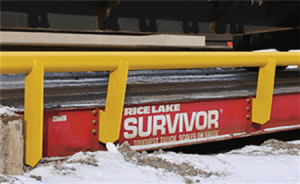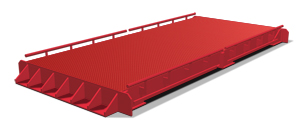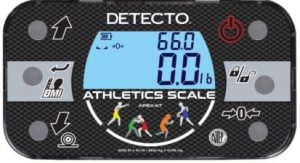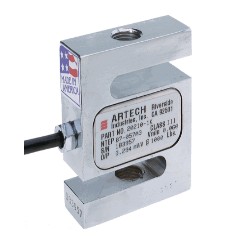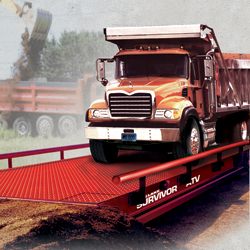The article below is courtesy of Mr. Boon Lim who has been involved in the weighing industry for many years. It really hammers home the points that we have been trying to discuss with customers for literally decades!
There are differences in quality between certain brands of scales. We’ve discussed this numerous times over the years either here in our learning center or on our Youtube channel or perhaps via phone or email with you. A lot of times it’s a balancing act between value & accuracy. Many customers don’t have the budget or the requirements for the top of the line most expensive scale… but they also don’t need to buy the cheapest scale under the sun either. Let’s take a look at what Boon found when he purchased some of the cheapest scales available online. We hope you enjoy the article below.
Have you noticed a quality shift in the weighing industry? Quality standards have
decreased significantly on consumer scales with “assembly only” operations making big
waves in the scale community. Large sellers are dominating the online retail space for
consumers, and this is not any different for scales. Whether you support the
unstoppable rise of these ecommerce giants or not, there is no denying the profound
impact associated with their operation.
So, we bought some of the “Best Selling”, highly rated, affordable scales and balances to test the quality.
Yes, with 2-day free shipping too.
Our discoveries were astounding… Continue reading

